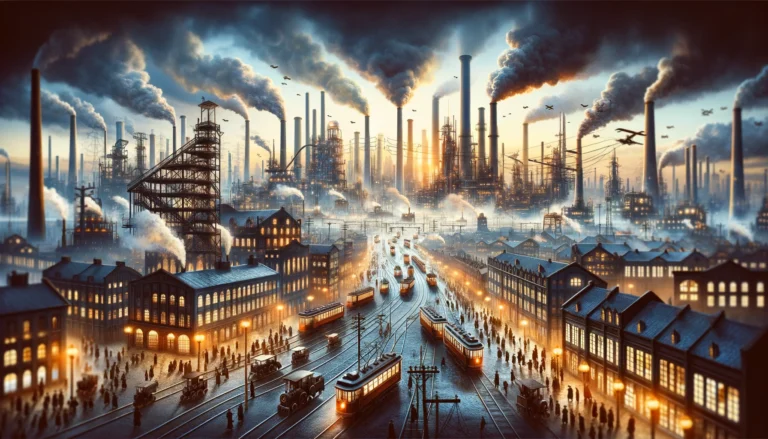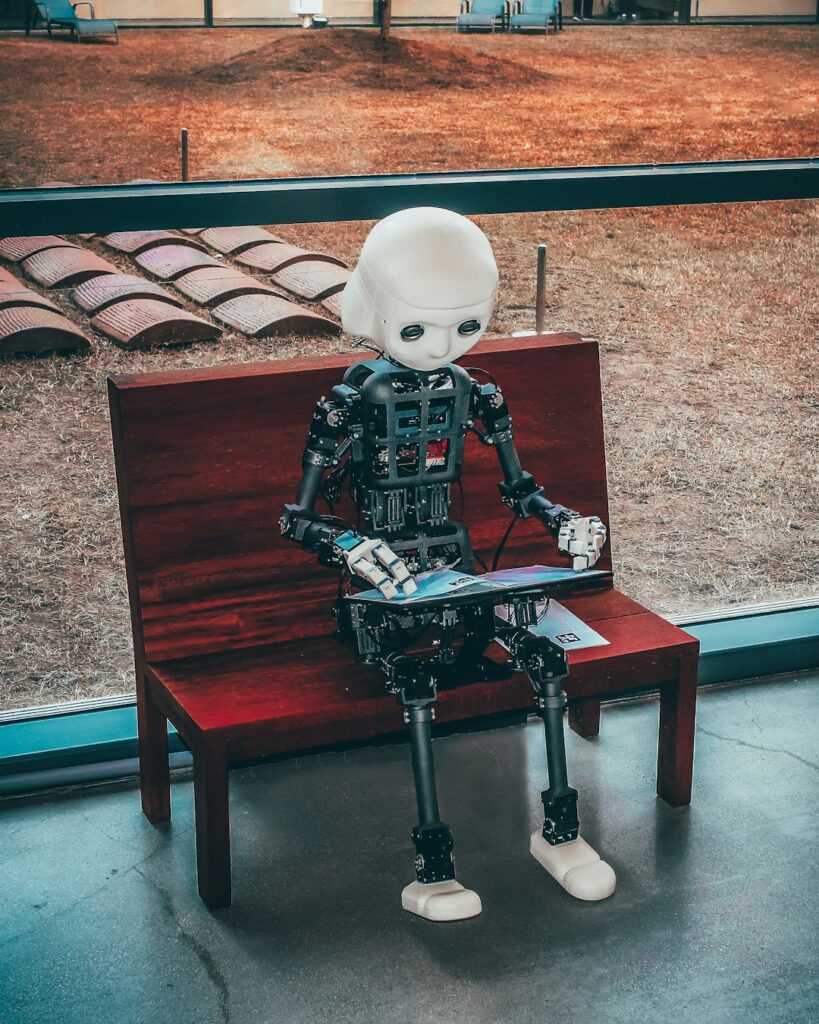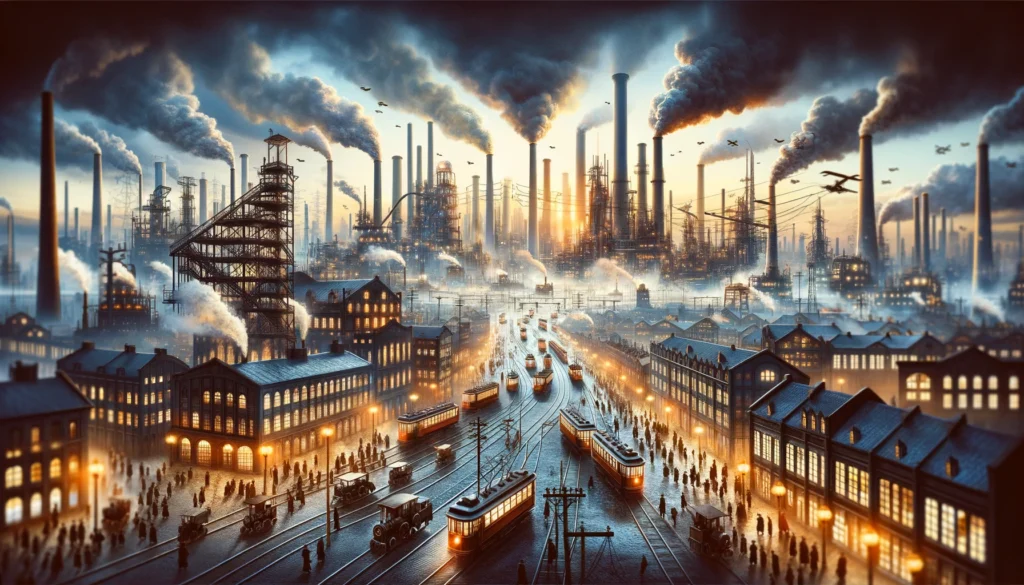⚙️ From Steel to Silicon: Two Epochs of Transformation
The Second Industrial Revolution (circa 1870–1914) ushered in groundbreaking innovations like steel production, electrification, and the internal combustion engine. These advancements revolutionized industries, led to mass production, and redefined daily life. Similarly, today’s AI revolution is driven by technologies such as machine learning, neural networks, and natural language processing . These tools are automating cognitive tasks, transforming sectors from healthcare to finance, and altering how we interact with technology. Merchants and Mechanics
🧠 Cognitive Automation: A New Frontier
While the Second Industrial Revolution enhanced physical labor through mechanization, AI is augmenting—and in some cases, replacing—cognitive functions. AI systems can now analyze complex datasets, interpret medical images, and even generate human-like text. This shift from manual to cognitive automation is redefining job roles and necessitating new skill sets across the workforce.
🌐 Rapid Integration and Global Impact
The pace at which AI is being integrated into various aspects of society is unprecedented. Unlike the gradual adoption of technologies in the past, AI applications are rapidly permeating industries, from personalized education platforms to autonomous vehicles. This swift integration is facilitated by existing digital infrastructures and the global nature of AI research and development.
⚖️ Navigating Ethical and Societal Challenges
As with any transformative technology, AI brings forth ethical considerations. Issues such as algorithmic bias, data privacy, and the potential for job displacement are at the forefront of discussions. Addressing these challenges requires proactive policymaking, inclusive dialogue, and the development of robust ethical frameworks to ensure that AI advancements benefit all segments of society.
| Aspect | Second Industrial Revolution | AI Revolution |
|---|---|---|
| Core Innovations | Steel, Electricity, Internal Combustion | Machine Learning, Neural Networks, NLP |
| Primary Impact | Physical Labor and Infrastructure | Cognitive Tasks and Decision-Making |
| Pace of Change | Rapid (over decades) | Accelerated (over years) |
| Societal Transformation | Urbanization, Mass Production | Digitalization, Personalized Experiences |
| Key Challenges | Labor Conditions, Environmental Impact | Ethical Use, Data Privacy, Employment Shifts |
In conclusion, while the Second Industrial Revolution laid the groundwork for modern industrial society, the AI revolution is redefining the very essence of human interaction with technology. By understanding the parallels and divergences between these two epochs, we can better navigate the complexities of our rapidly evolving digital landscape.



